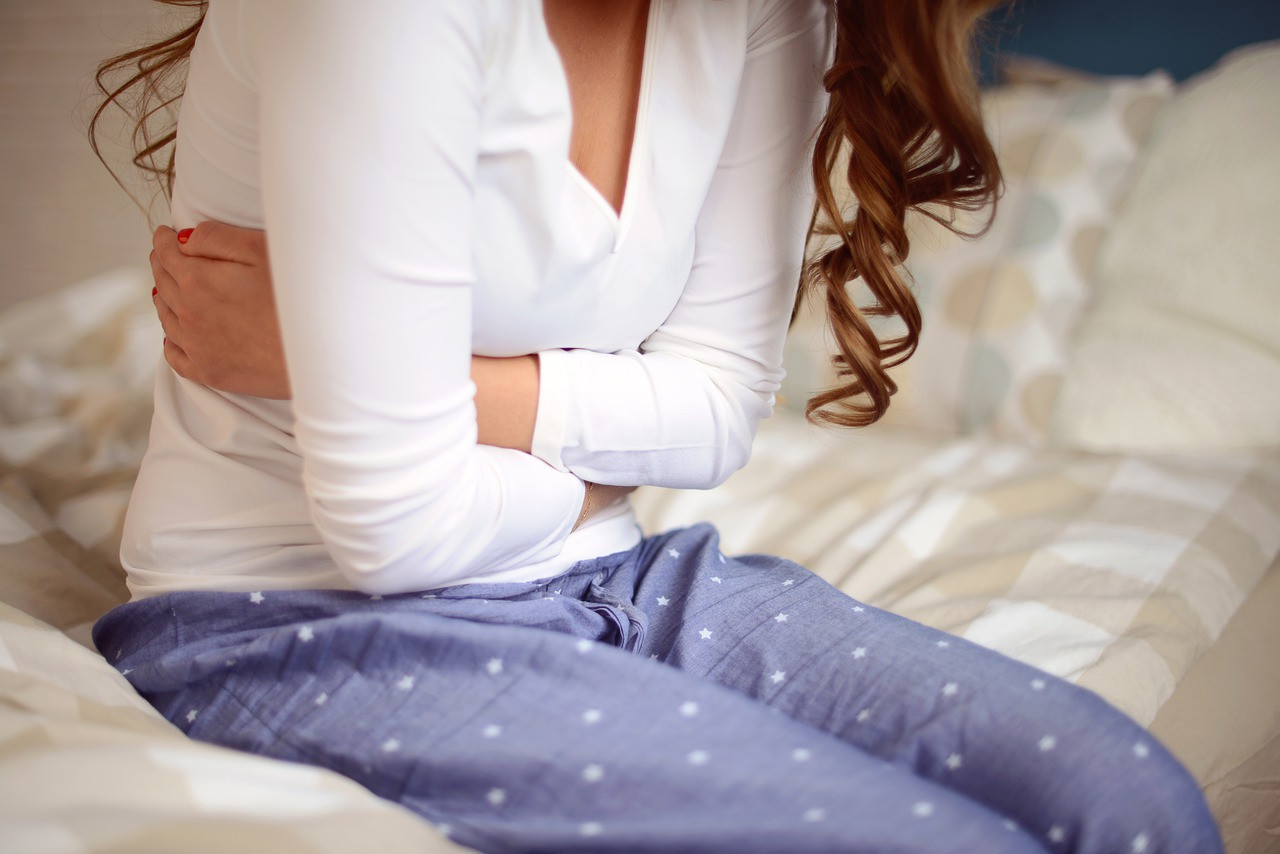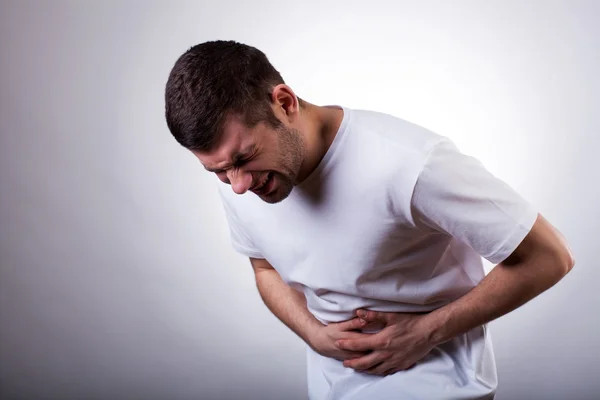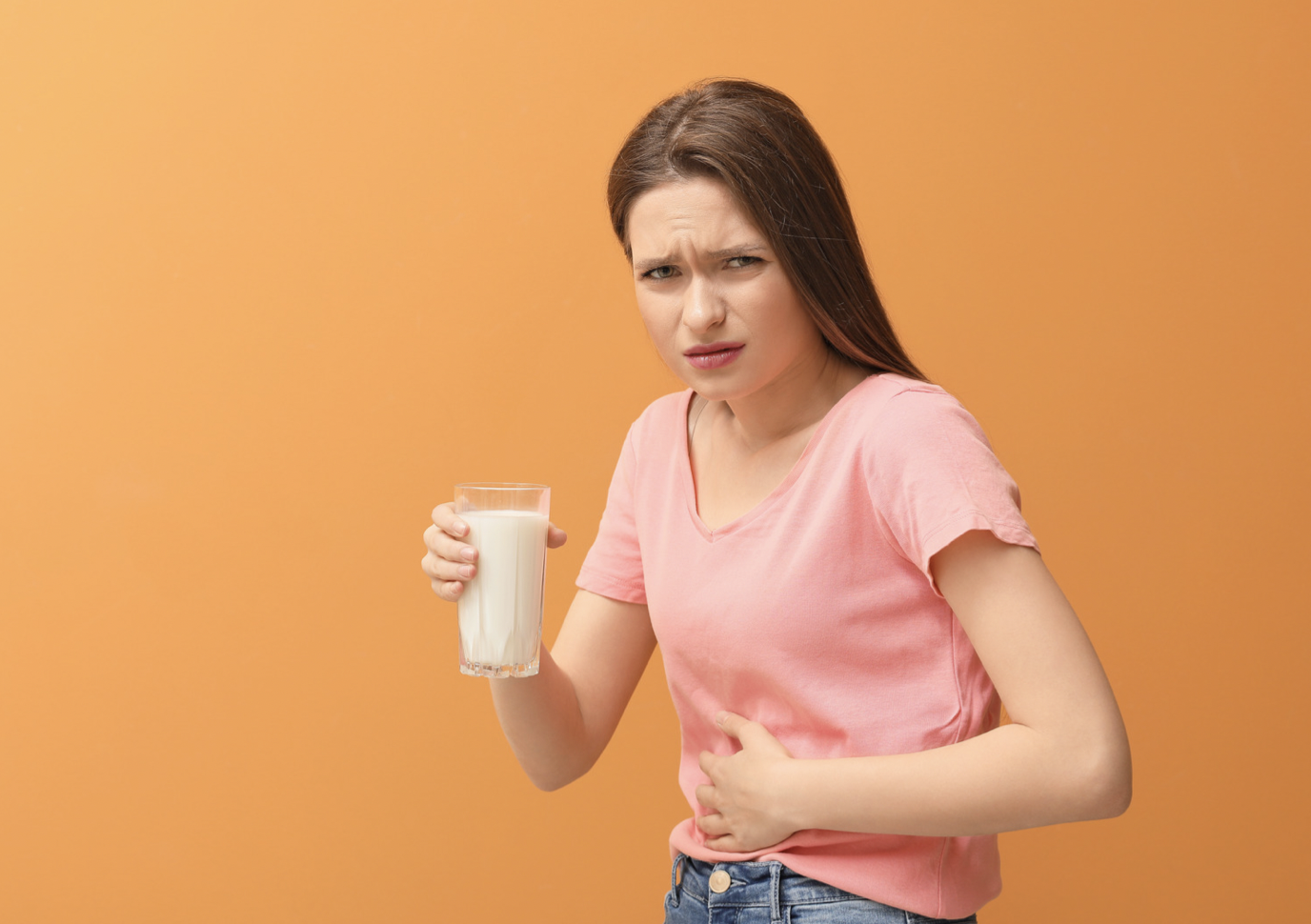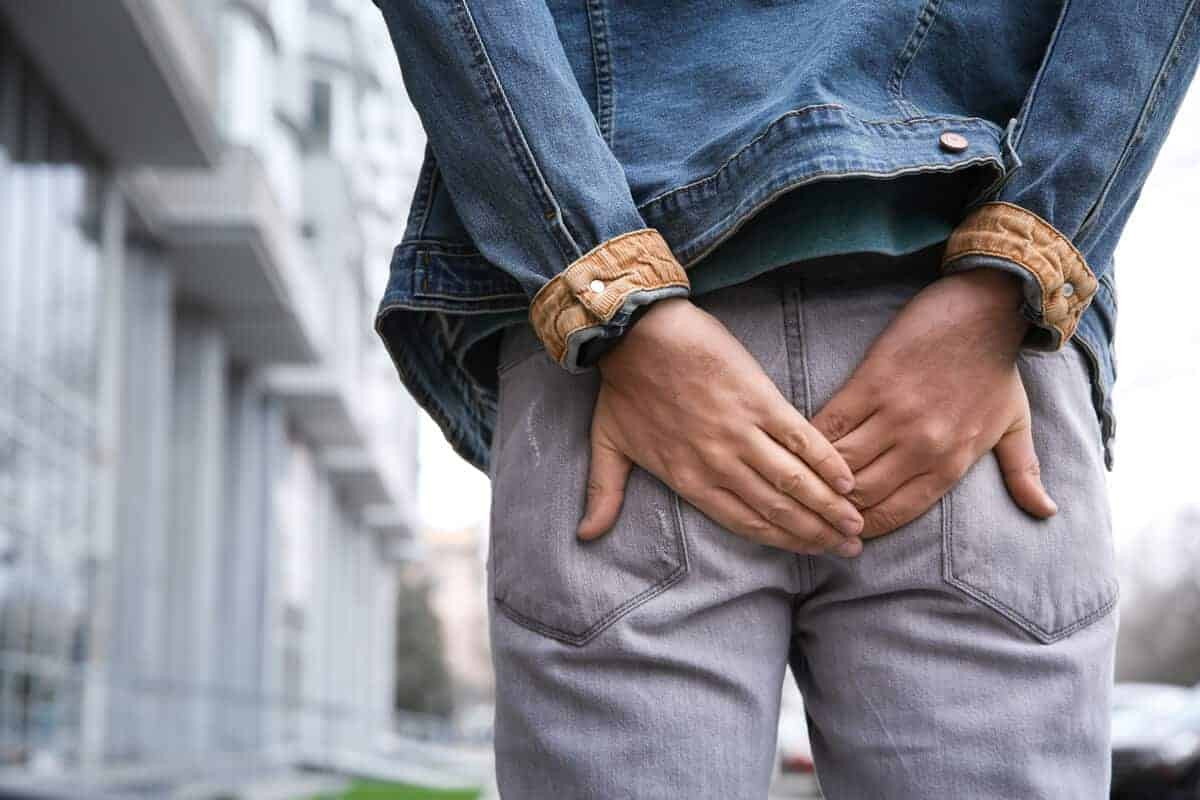Definisi
Kolesistitis merupakan peradangan pada kantung empedu. Kantung empedu merupakan sebuah struktur pada saluran pencernaan yang berfungsi untuk menampung cairan empedu, yang berfungsi untuk mengemulsi lemak pada makanan dan membuang sisa-sisa pengolahan tubuh. Cairan empedu akan dikeluarkan ke usus halus melalui saluran empedu.
Penyebab
Kolesistitis dapat disebabkan oleh batu empedu ataupun penyebab lainnya. Cairan empedu yang tersimpan pada kantung empedu dapat mengendap dan membentuk batu empedu. Batu empedu ini dapat menyebabkan nyeri hebat apabila terjadi penyumbatan saluran empedu, yang disebut sebagai nyeri kolik. Nyeri ini akan menghilang seiring waktu, namun jika tidak ditangani, dapat muncul kembali. Sementara itu, penyebab lain kolesistitis dapat berupa berhentinya aliran cairan empedu yang dapat disebabkan oleh penyakit kritis, operasi besar, luka bakar luas, keberadaan bakteri dalam darah yang menyebabkan respon kekebalan tubuh hebat (sepsis), pemberian nutrisi lewat infus dalam jangka panjang, serta puasa terlalu lama. Selain itu, kolesistitis dapat pula disebabkan oleh serangan jantung, penyakit sel sabit, infeksi bakteri Salmonella (seperti pada tifoid), diabetes melitus, serta pasien HIV/AIDS atau dengan penurunan kekebalan tubuh yang terinfeksi Cytomegalovirus (CMV), Cryptosporidium, atau Microsporidium.
Faktor Risiko
Faktor risiko kolesistitis pada umumnya disingkat sebagai 5F: fat, female, forty, fair, fertile. Sesuai dengan singkatan tersebut, faktor risiko kolesistitis adalah fat atau berat badan berlebih hingga obesitas, female (jenis kelamin perempuan lebih sering daripada laki-laki), berusia di atas 40 tahun (forty) dengan peningkatan risiko seiring usia, berkulit putih (fair) atau berasal dari ras Skandinavia dan Hispanik, serta fertile atau berusia subur. Tidak hanya itu, penurunan berat badan secara drastis dapat meningkatkan risiko kolesistitis. Adanya kondisi seperti penyakit sel sabit menyebabkan sel darah merah lebih cepat dihancurkan, sehingga meningkatkan risiko kolesistitis. Selain itu, kondisi lainnya yang meningkatkan pembentukan batu di saluran empedu meningkatkan risiko penyakit ini. Kondisi hiperparatiroidisme, yaitu peningkatan hormon paratiroid, dapat meningkatkan konsentrasi kalsium darah sehingga menyebabkan batu kalsium. Orang dengan kadar kolesterol tinggi juga berisiko terhadap terbentuknya batu kolesterol. Penyebab lainnya dapat berupa tumor yang menghalangi saluran empedu.
Gejala
Gejala kolesistitis dapat berupa nyeri hebat di perut bagian kanan hingga tengah atas, yang menjalar hingga ke punggung atau bahu kanan, dan hilang dalam beberapa menit atau jam. Selain itu, perut terasa hangat apabila disentuh. Gejala lainnya dapat berupa demam, mual, dan muntah. Biasanya, gejala-gejala ini muncul setelah makan, terutama makan dalam porsi besar atau makanan berlemak.
Diagnosis
Diagnosis kolesistitis diawali dengan pertanyaan terkait riwayat penyakit dan faktor risiko, serta pemeriksaan fisis. Saat pemeriksaan, Anda dapat diminta untuk menarik napas dan menahannya, sementara dokter akan menekan perut bagian kanan atas dengan lembut. Jika Anda merasakan nyeri, hasil pemeriksaan ini positif. Selain itu, pemeriksaan dapat dilakukan untuk mencari adanya massa atau hangat pada perut kanan atas. Suhu tubuh Anda juga akan diukur, karena demam merupakan tanda peradangan yang terjadi pada tubuh secara keseluruhan.
Selain itu, pemeriksaan laboratorium dapat dilakukan untuk mencari adanya tanda-tanda peradangan pada tubuh. Pemeriksaan ini dapat berupa pemeriksaan darah lengkap dan C-reactive protein (CRP). Pada pemeriksaan darah lengkap, jumlah sel darah putih akan meningkat, dan hasil pemeriksaan CRP juga akan meningkat pada kolesistitis.
Pemeriksaan lainnya dapat berupa pencitraan. Pencitraan dapat dilakukan dengan ultrasonografi (USG) sebagai pemeriksaan awal. Selain itu, pemeriksaan computed tomography scan (CT scan) atau magnetic resonance imaging (MRI) dapat dilakukan untuk mencari adanya kemungkinan kondisi di luar saluran empedu serta komplikasi dari kolesistitis. Pada ibu hamil, penggunaan MRI lebih diutamakan daripada CT scan.
Jika fasilitas kesehatan memadai, Anda dapat pula disarankan untuk menjalani pemeriksaan endoscopic retrograde cholangiopancreatography (ERCP). Pemeriksaan ini menggunakan endoskopi, selang yang ujungnya diberikan kamera, dimasukkan melalui mulut. Kemudian, selang ini akan melewati berbagai saluran pencernaan hingga usus halus, dan selanjutnya dimasukkan ke saluran empedu. Dengan adanya kamera, saluran empedu dapat terlihat secara langsung. Biasanya, pemeriksaan ini dilakukan bersama dengan penanganan kondisi yang ada, misalnya seperti pengambilan batu empedu.
Tata Laksana
Kolesistitis merupakan salah satu kondisi yang seringkali membawa seseorang ke IGD. Terapi yang dapat dilakukan adalah mengistirahatkan usus, memastikan cairan cukup, perbaikan elektrolit darah, pemberian antinyeri, dan pemberian antibiotik. Terapi awal ini bertujuan untuk mengurangi nyeri dan melawan infeksi yang menyebabkan peradangan pada kantung empedu. Apabila kondisi Anda cukup stabil, dokter akan mempertimbangkan rawat jalan untuk menangani penyakit ini, dan Anda akan diberikan obat berupa antibiotik, antimuntah, dan antinyeri.
Pada umumnya, Anda akan disarankan untuk menjalani pembedahan kecil untuk mengambil kantung empedu yang mengalami infeksi atau peradangan akibat penyebab lainnya. Prosedur ini disebut sebagai kolesistektomi laparoskopi. Setelah pembedahan, pemulihan biasanya berlangsung dengan cepat. Namun, pasien mungkin akan mengalami kesulitan dalam mencerna makanan berlemak, yang mungkin dapat menyebabkan kembung dan diare. Hal ini dapat terjadi secara sementara atau permanen. Biasanya, adaptasi akan terjadi dan kondisi ini akan membaik setelah beberapa saat.
Apabila kondisi seseorang tidak memenuhi syarat pembedahan (misalnya akibat sakit kritis), tata laksana dapat dilakukan dengan mengalirkan isi kantung empedu keluar tubuh lewat selang yang dipasang dekat kulit (drainase perkutan). Selain itu, apabila seseorang sudah mengalami kolesistitis dalam jangka kronik, perbaikan diet dapat dilakukan dengan mengurangi konsumsi makanan berlemak dan pedas.
Komplikasi
Jika kolesistitis disebabkan oleh infeksi, bakteri dapat berkembang biak dan menyebabkan kantung empedu penuh dengan nanah. Apabila hal ini sudah terjadi, pembedahan dapat dilakukan secara terbuka. Infeksi oleh bakteri-bakteri yang menghasilkan gas seperti Escherichia coli, Clostridia perfringens, dan Klebsiella dapat menyebabkan penumpukan gas pada dinding kantung empedu. Hal ini lebih sering terjadi pada penderita diabetes melitus, dan risiko perlubangan kantung empedu serta pembusukan jaringan sangat tinggi. Oleh karena itu, pada kasus seperti ini, pengambilan kantung empedu harus dilakukan secepatnya. Kasus yang jarang terjadi adalah adanya batu empedu yang keluar ke usus halus dan menumpuk, menyebabkan usus tidak mampu berkontraksi dengan baik. Komplikasi lainnya dapat berupa masuknya bakteri ke dalam peredaran darah sehingga menyebabkan respon kekebalan yang berlebihan (sepsis) dan pankreatitis (peradangan pankreas).
Pencegahan
Kolesistitis dapat dicegah dengan menurunkan berat badan dengan lambat, namun stabil. Penurunan berat badan tercepat yang tidak berisiko kolesistitis adalah 0,5-1 kg per minggu. Selain itu, jagalah berat badan Anda pada batas normal dengan memperbaiki asupan kalori dan rutin berolahraga. Makanan yang disarankan untuk mencegah kolesistitis adalah makanan rendah lemak dan tinggi serat, seperti buah-buahan, sayuran, dan biji-bijian utuh (whole grain).
Kapan Harus ke Dokter?
Segeralah ke dokter apabila Anda merasakan nyeri perut yang sangat hebat. Jika Anda tidak dapat pergi sendiri, pastikan ada orang lain yang menemani Anda ke IGD terdekat. Kolesistitis dapat ditangani dengan tuntas apabila Anda segera mencari pertolongan, namun dapat mengancam nyawa jika komplikasi terjadi.
Mau tahu informasi seputar penyakit lainnya? Cek di sini, ya!
- dr Hanifa Rahma
Bloom, A. (2021). Cholecystitis: Practice Essentials, Background, Pathophysiology. Retrieved 29 December 2021, from https://emedicine.medscape.com/article/171886-overview#showall
Cholecystitis - Symptoms and causes. (2021). Retrieved 29 December 2021, from https://www.mayoclinic.org/diseases-conditions/cholecystitis/symptoms-causes/syc-20364867
Jones, M., Genova, R., & O'Rourke, M. (2021). Acute Cholecystitis. Retrieved 29 December 2021, from https://www.ncbi.nlm.nih.gov/books/NBK459171/
Yokoe, M., Hata, J., Takada, T., Strasberg, S., Asbun, H., & Wakabayashi, G. et al. (2018). Tokyo Guidelines 2018: diagnostic criteria and severity grading of acute cholecystitis (with videos). Journal Of Hepato-Biliary-Pancreatic Sciences, 25(1), 41-54. doi: 10.1002/jhbp.515











